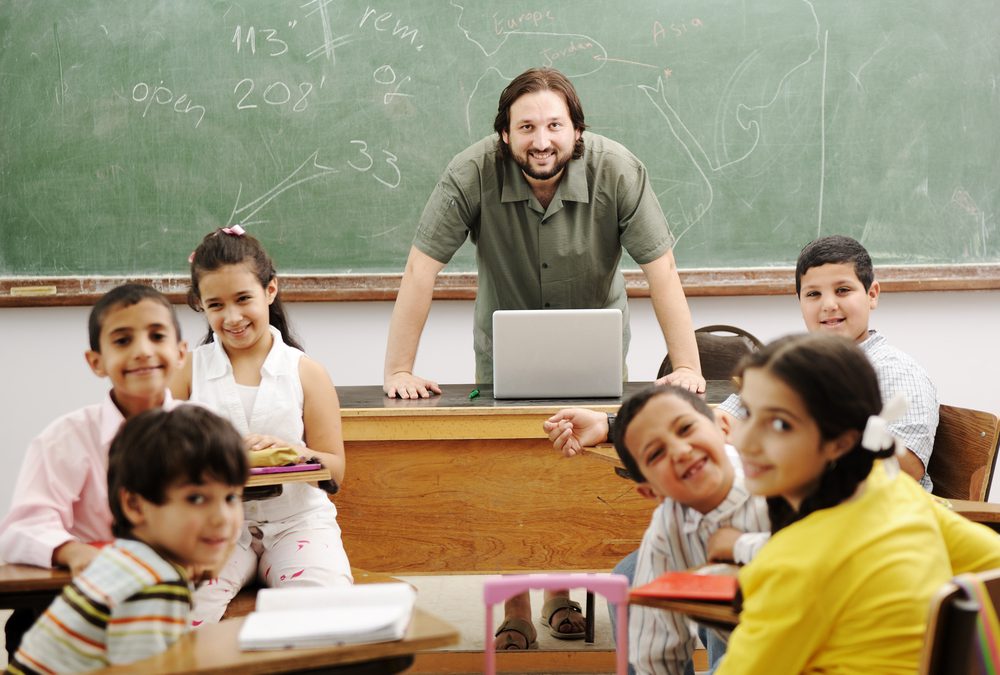At the beginning of each school year, teachers go over their syllabi and classroom rules. Now that technology is an integral part of every classroom, it’s essential to include guidelines about acceptable use, online learning, and other digital activities. This includes guidelines for school email accounts. Providing students with the basics of professional digital communication sets them up for success throughout their educational and professional careers.
Establish That School Email Accounts Are Professional, Not Personal
When informing students how they should use their school email account, clarify it’s for professional correspondence. Students should not use their school accounts to send emails to family, friends, and even classmates that involve personal matters. Because school email accounts carry the school’s reputation with them, students should stick to approved subjects. Examples of approved subjects include tests, homework, scheduling, and school club activities.
A Professional Account Needs a Professional Tone
Students should learn the difference between a formal and informal tone of voice. Abbreviations may be acceptable when texting, but emails — especially professional emails — require the use of complete sentences and proper grammar. Explain that emails from a school’s address are like an I.D. badge. They need to represent the school well when they’re wearing their school I.D. The same is true when they’re using a school email account.
Email Is No Substitute For Communication by Phone or In Person
Though much of K-12 education is devoted to STEM and technical skills, teaching soft skills is every bit as important. Communication is a particularly essential soft skill for students to learn. This includes learning which mode of communication is best in certain situations. Email, for instance, is an excellent way to get in touch for non-essential and non-emergency instances. Students should learn to handle more sensitive topics in person. Additionally, students should learn to take care of family emergencies or sudden absences via phone call, not email. Then, students can explain any unexpected absences in person when they return to school.
Open The Floor for Student Input
It is likely your students have been using email their whole lives. After setting the ground rules, give students a chance to voice their input. They will appreciate turning the classroom into a conversation space. Also, they will provide do’s and don’t’s that teachers may not think to include.
Digital Citizenship for School Email Accounts
Digital citizenship is the responsible use of any digital technology on all social levels. By teaching solid digital citizenship skills, schools lead students to be responsible citizens. Strong digital citizenship also prevents cyberbullying and can keep students away from online dangers, like predators. It’s especially important for students to practice digital citizenship on school email accounts. Good digital citizenship requires students to be conscious and aware of their online activity. In this way, screen monitoring software, such as LearnSafe, helps to teach digital citizenship by making students more aware of their behavior online. Additionally, LearnSafe can protect students by detecting incidents of predatory grooming and cyberbullying. Furthermore, LearnSafe can detect any mention of suicide and self-harm, which helps schools get students the help that they need. By promoting digital citizenship on school email accounts, schools can assure a safe learning environment for students both online and in the classroom.
Text by Annika Bastian


